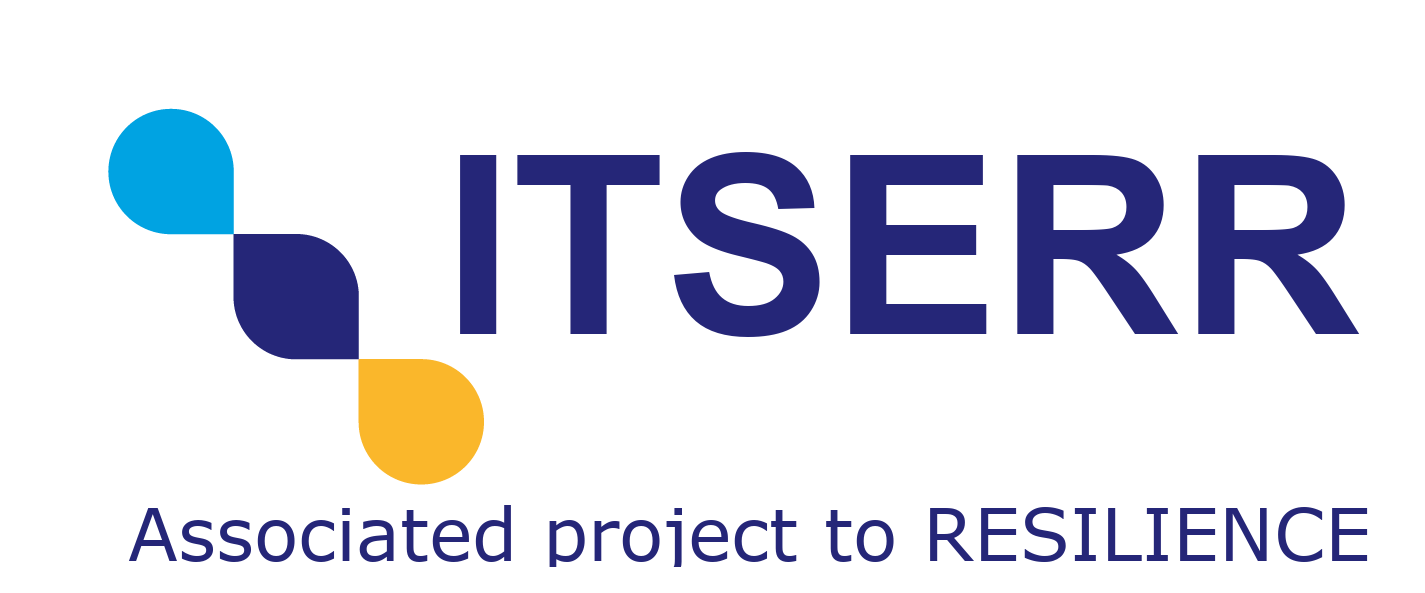Abstract
The objective of WP4 is to develop software and algorithms that apply text understanding techniques to the investigation of semantic textual issues, using the translations of the Nicene-Constantinopolitan Creed as a case study. This will be achieved using a connectionist approach based on advanced Deep Learning techniques and large-scale learning. The goal is to improve research in the field of Religious Studies by creating new technologies for textual and semantic understanding. WP4 will also develop a tool for the automatic annotation of texts in various languages. This tool will be integrated into the T-ReS platform developed in WP3. Finally, WP4 will create a multilingual ontology for the Creed and its translations, to be used as a reference for the automatic annotation tool and for the other tools developed in the project.
Staffing
The WP4 leader is Fabrizio D’Avenia and the product owners are Costanza BIANCHI and Marianna NAPOLITANO.
As the WP4 leader, Fabrizio D’Avenia is responsible for overseeing the overall direction and progress of the work package.
As the product owners, Costanza BIANCHI and Marianna NAPOLITANO are responsible for defining the features and requirements for the product being developed in WP4. They work with the development team to prioritize and refine the product backlog, ensuring that the work being done aligns with the overall goals of the project. They also act as the primary point of contact for stakeholders, communicating the progress and status of the product to the rest of the team and to external parties.
Steps
- Gather domain-specific requirements and expertise to guide the development of DaMSym, a software for semantic analysis of the Nicene-Constantinopolitan Creed and its translations.
- Collect and pre-process the corpus of the Creed and its translations in various languages, including Greek and Latin texts.
- Train and optimize software tools for word embedding on the target languages of the Creed’s translations.
- Develop a platform for standoff annotation of the corpus, using the most performant toolkit identified in step 3.
- Implement DaMSym, including a user interface for the platform developed in step 4.
- Test and validate DaMSym with domain-specific experts and user feedback, adjusting the software as needed.
- Disseminate the results of the project, including the DaMSym software, to the scientific community and other relevant stakeholders.
Outcomes
- Software and algorithms for applying text understanding techniques to the investigation of semantic textual issues, using the Nicene-Constantinopolitan Creed translations as a case study
- Corpus of Nicene-Constantinopolitan Creed translations in multiple languages, pre-processed for analysis through DaMSym
- Trained and fine-tuned word embedding toolkit for original and translated texts of the Nicene-Constantinopolitan Creed
- Standoff annotation platform for the Nicene-Constantinopolitan Creed translations
- DaMSym software, which allows for the comparison of each translation of the Creed with a corpus of literature in the same language and period as the translation
- Analysis of the translations of the Nicene-Constantinopolitan Creed using the DaMSym software, including statistical analysis of the translations and identification of semantic shifts between the translations and their respective source texts and target cultures
